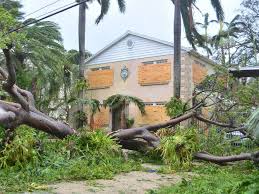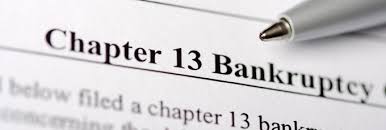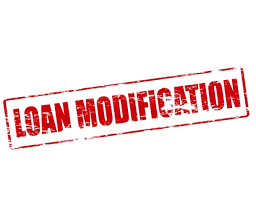While it took longer than I and many other consumer advocates thought, the house of cards is starting to slip finally. Many mortgage companies did not fully disclose exactly what would be required once the CARES Act expired and mortgage payments would resume. I’m sure many homeowners have claims out there but don’t realize it. These consumer claims are no small thing and can be leveraged for better mortgage terms than what is being offered. The CFPB is going after Carrington with a big fine — but a private action will result in actual damages for the homeowner.
CFPB Takes Action Against Carrington Mortgage for Cheating Homeowners out of CARES Act Rights
The Consumer Financial Protection Bureau (CFPB) is taking action against Carrington Mortgage Services for deceptive acts or practices under the Consumer Financial Protection Act in connection with mortgage forbearances, according to a CFPB press release. The CFPB found that Carrington failed to implement many protections, provided to borrowers with federally backed mortgage loans who were experiencing financial hardship, during the COVID-19 public health emergency. The CFPB found that Carrington misled certain homeowners who had sought a forbearance under the CARES Act into paying improper late fees, deceived consumers about forbearance and repayment options, and inaccurately reported the forbearance status of borrowers to the big three credit-reporting companies: Equifax, Experian and TransUnion. The CFPB is ordering Carrington to repay any late fees not already refunded, repair its faulty business practices, and pay a $5.25 million penalty that will be deposited into the CFPB’s victims relief fund.
 Reboot Your Life: Tampa Student Loan and Bankruptcy Attorney Blog
Reboot Your Life: Tampa Student Loan and Bankruptcy Attorney Blog







